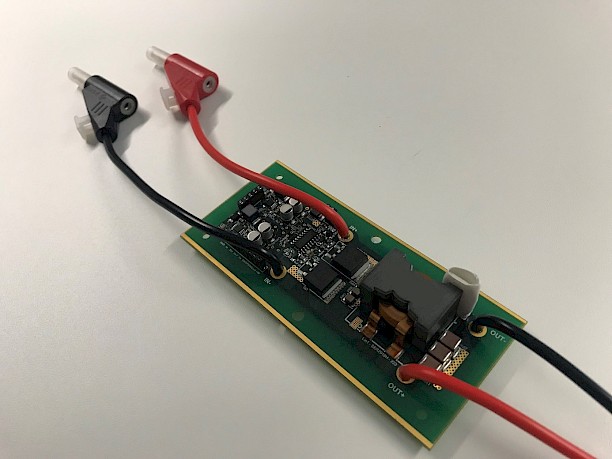The demonstration plant is equipped with a specific monitoring tool that transmits data on voltage, current at the entrance and exit of the inverter, as well as overall production data. Several electrical tests were carried out to validate the main expected functionalities.
For instance, a shading test of one or more panels was conducted by hiding them with an opaque mask. It was possible to verify that, thanks to the use of DC/DC converters, the output voltages of the converters compensate each other well, without loss of production at the level of those remaining intact.
In the same way, partial shading of a module, by hiding several cells, induces a loss of production for the single concerned module and does not impact the production of the other modules in the string.
The demonstrator, which has been in operation since July 2021, has made it possible to observe how well the converters work. They incorporate an MPPT tracking algorithm that is robust and reliable even when irradiance varies greatly over time, with sunny and cloudy days.
The energy produced by the solar power plant equipped with the solution was compared to the energy produced at the same site by a conventional plant equipped with a conventional inverter. The analysis was done under the assumption that the electrical characteristics of the modules would be dispersed. The results show that the developed solution would allow a gain of 1% of energy produced.
The deployment of the solution on a very large power plant on a 1MW scale is planned in Catania, Italy. This will enable a pre-industrial version to be tested and the technical and economic gains to be refined.

